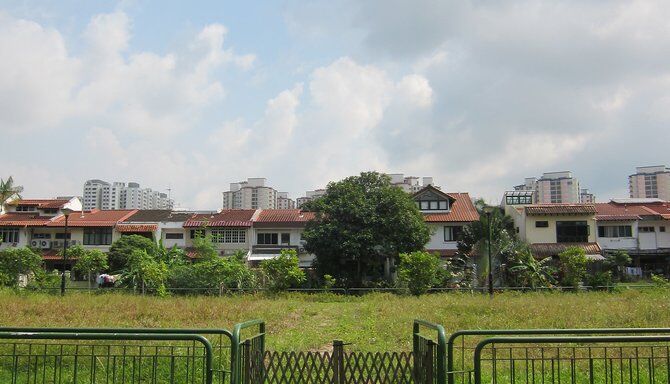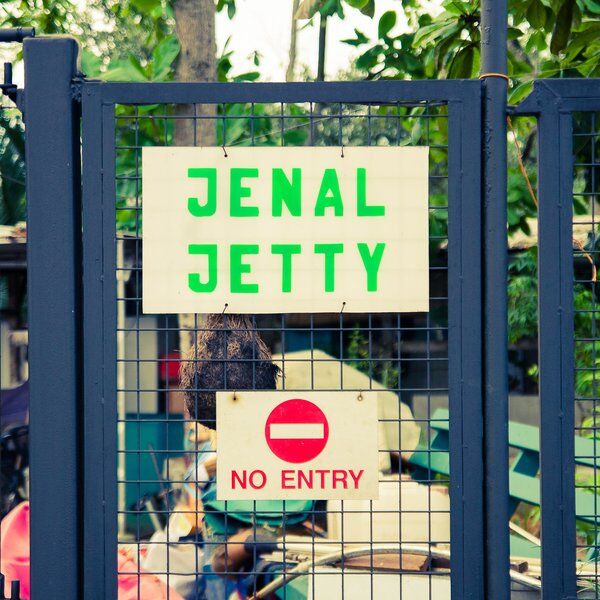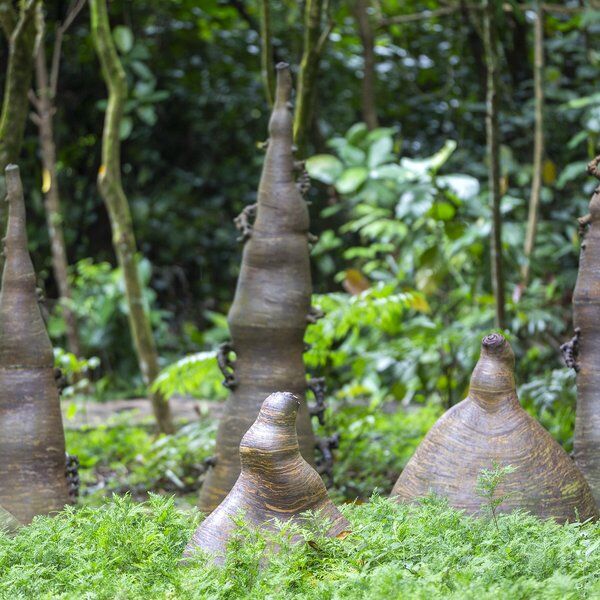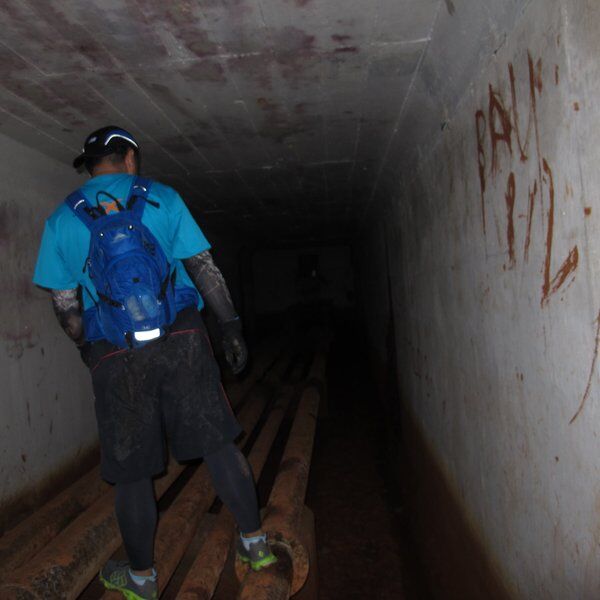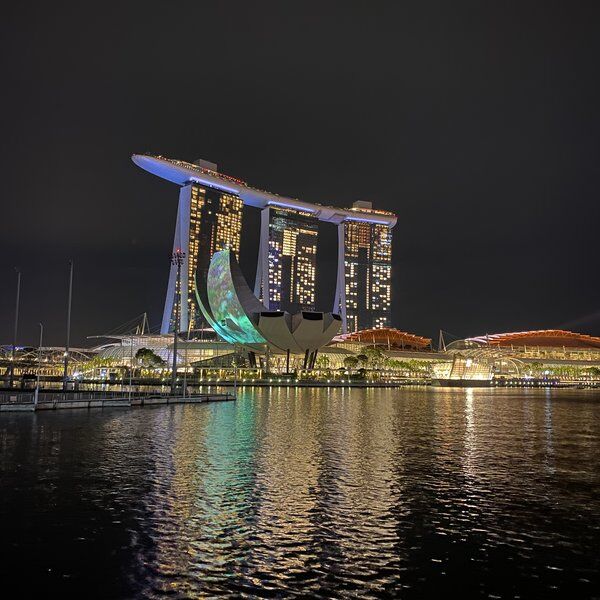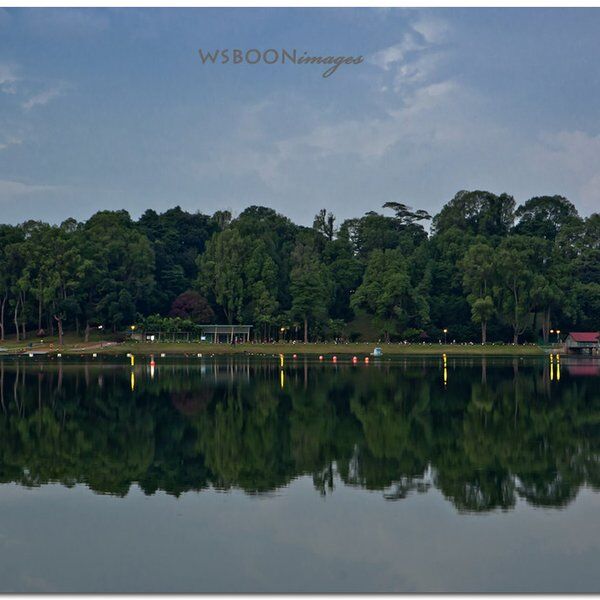Discovering Kampong Lorong Buangkok
Kampong Lorong Buangkok, in Buangkok, Hougang, holds the distinction of being the last surviving kampong, or village, on Singapore Island. Since its inception in 1956, life within the kampong has played out at a slower pace; two chickens – Ah Liang and Ah Qiang – are free to roam, residents sit peacefully on the verandas of their quaint, single-storey wooden houses with tin roofs, and crickets sing all around.
Today, privately owned and still standing, it is a stark contrast from the bustling city life that surrounds it. The picturesque setting is surrounded by modern developments like HDB BTO flats and private estates. Despite the encroachment of contemporary structures, Kampong Lorong Buangkok preserves its authenticity on 1.22 hectares of land, accessible through a single main entrance off the busy Yio Chu Kang road.

Looking at the Kampong's History
Kampong Lorong Buangkok, initially swamp land, was purchased in 1956 by Sng Teow Koon, a traditional Chinese medicine businessman. The land, also referred to as Kampong Selak Kain, Malay for ‘hitch up your skirt’ – a reference to the constant flooding – was divided into small plots intended for people working nearby. Over time, the kampong grew to the size of six football fields, accommodating over 40 families at its peak. Rent at the time ranged from S$2 to S$25 per month.
Today, the kampong's land size has reduced to three football fields, with only 25 families still residing there. The residents are a mix of Malay and Chinese, preserving the authentic kampong spirit, characterised by their close-knit community relationships. The surrounding land was sold to the government for the construction of HDB flats. And ownership of the kampong passed down to Mr Sng's youngest daughter, Mdm Sng, who continues to live in the kampong.
Kampong Lorong Buangkok’s Residents
In the 1960s, Kampong Lorong Buangkok was home to workers from nearby Woodbridge Hospital and factories, living a carefree and slower pace of life. Fast forward to the present, and the village is home to a diverse group of residents, including makeup artists, workers, and predominantly elderly individuals.
Its intimate, humble setting is reflected in the practice of having multiple dining tables in their living rooms. This is a gesture that echoes the tradition of inviting neighbours in need to join the family for a meal.
“Most [residents] have lived there for more than half of their lives, and they treat one another as family.”
The residents also share a strong relationship with Mother Earth. Visitors accompanied by trusted guides can learn about the importance of local plants like the betel nut for lighting fires and the versatile breadfruit for making chips.
"It helps them understand us and understand why Lorong Buangkok needs to be preserved."
With a monthly rent of S$13, the 28 families continue to enjoy the unhurried lifestyle that the kampong setting offers. Despite its affordability, the village has not seen new occupants since the 1990s, and residency is conditional. Only those connected to the original tenants or Sng's family are welcomed, to preserve the ‘close-knit’ feel of the kampong.
Preserving Traditions at Kampong Lorong Buangkok
“You need to leave something behind that reminds our young of how this country came about. We came from these humble huts.”
Unlike many other kampongs succumbing to development, Kampong Lorong Buangkok has survived due to its surroundings being less desirable for commercial and residential purposes. The determination of Ms. Sng to preserve Singapore's sole surviving kampong has played a crucial role in its endurance.
However, the area, once surrounded by forests and farms, now faces encroachment by private gated housing and flats. This led to the popular documentary "Selak Kain: The Last Kampong," which identified the challenges faced by residents in maintaining their traditional way of life against the backdrop of the developing land-scarce city.
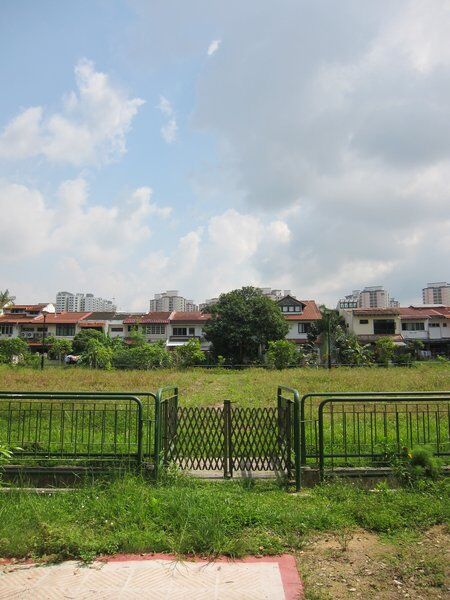
“Lorong Buangkok could be retained as part of the schools for outdoor learning activities for example, or integrated into future parks or playgrounds.”
Ang Mo Kio MP Intan Azura Mokhtar and others have advocated for its preservation as a conservation or heritage education site, emphasising the valuable lessons that can be learned from this unique village.
One means of preserving the kampong was to foster camaraderie between the residents in the village and their wider neighbours in the city. By collaborating with the Singapore University of Technology and Design, Singapore's Housing & Development Board has introduced motion sensors and shared Wi-Fi spaces, with the goal of strengthening the traditional kampong spirit in the context of high-rise apartments.
Our Thoughts…
As discussions unfold about the kampong's future, there is a growing appreciation for the need to preserve it as a reminder of Singapore's roots, culture, and heritage for future generations.
Discover More of Singapore With CityDays
Ready to discover more of what Singapore has to offer?
CityDays have a brand new treasure and scavenger hunt in Singapore which combines the fun of an escape room with the historic facts and whimsical trivia of a walking tour!
Take the stress out of planning your visit to Singapore and book your adventure today!
Not visiting Singapore this time? Don’t worry, you’ll find us all over the world.
